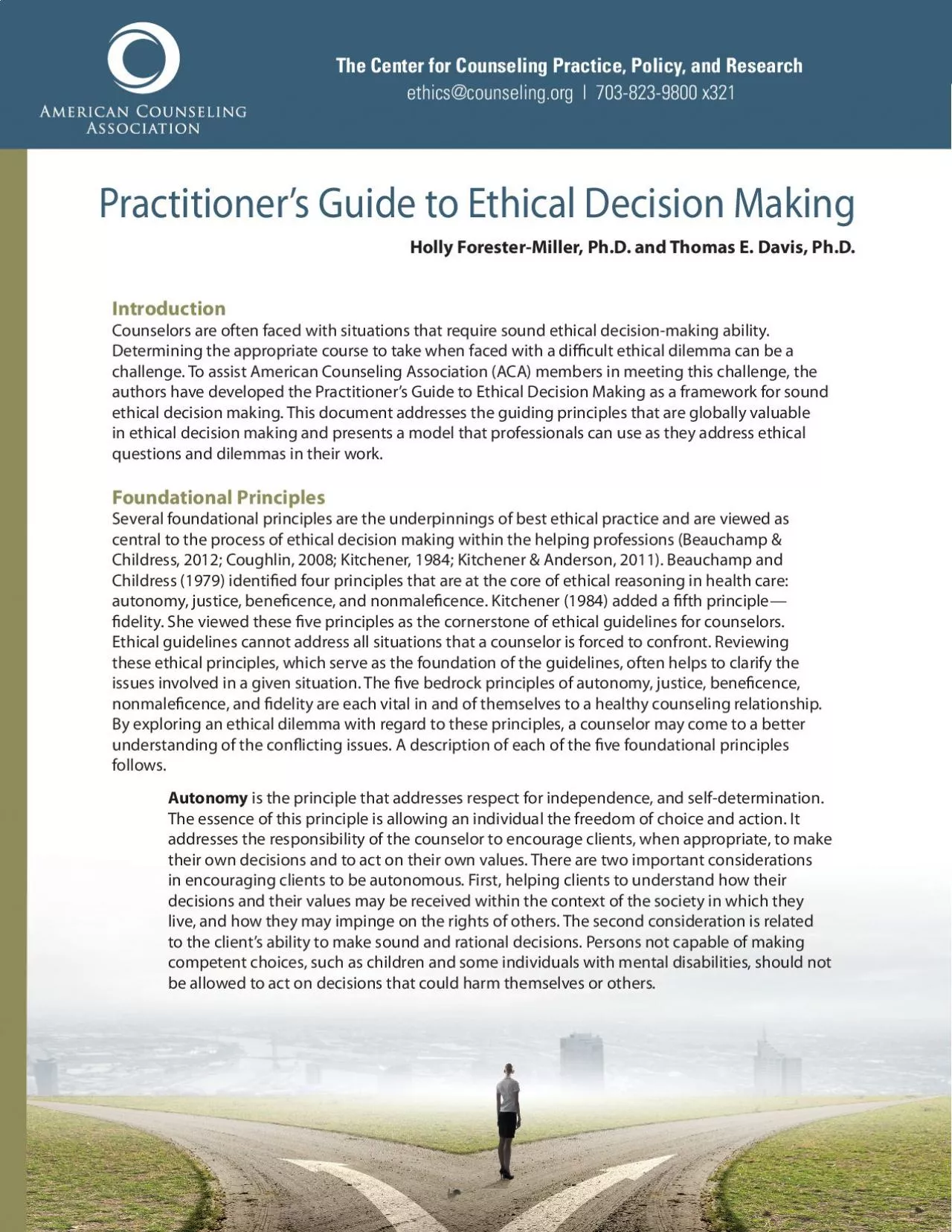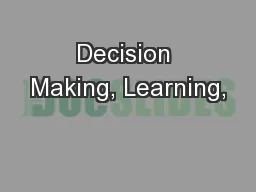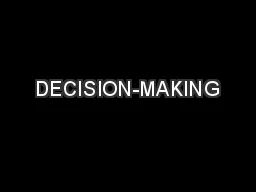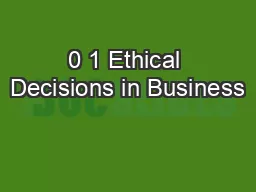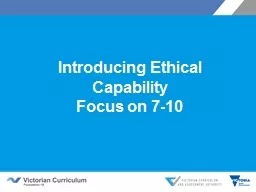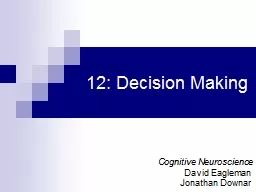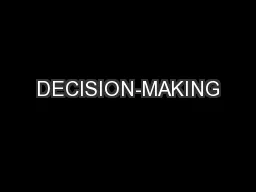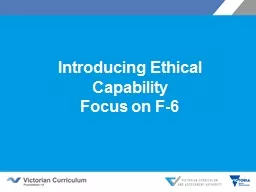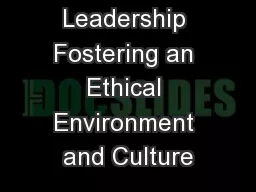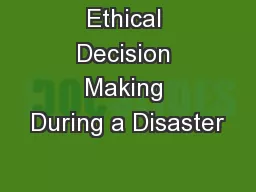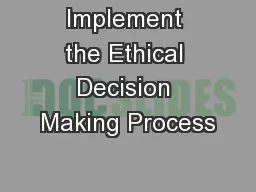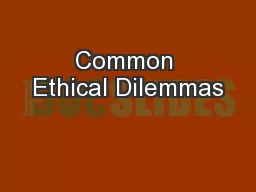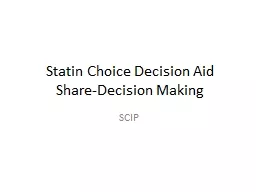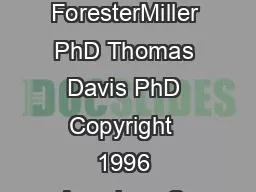PDF-Practitioner146s Guide to Ethical Decision Making 1
Author : natalie | Published Date : 2021-10-02
Introduction Counselors are often faced with situations that require sound ethical decisionmaking ability Determining the appropriate course to take when faced with
Presentation Embed Code
Download Presentation
Download Presentation The PPT/PDF document "Practitioner146s Guide to Ethical Decisi..." is the property of its rightful owner. Permission is granted to download and print the materials on this website for personal, non-commercial use only, and to display it on your personal computer provided you do not modify the materials and that you retain all copyright notices contained in the materials. By downloading content from our website, you accept the terms of this agreement.
Practitioner146s Guide to Ethical Decision Making 1: Transcript
Download Rules Of Document
"Practitioner146s Guide to Ethical Decision Making 1"The content belongs to its owner. You may download and print it for personal use, without modification, and keep all copyright notices. By downloading, you agree to these terms.
Related Documents

